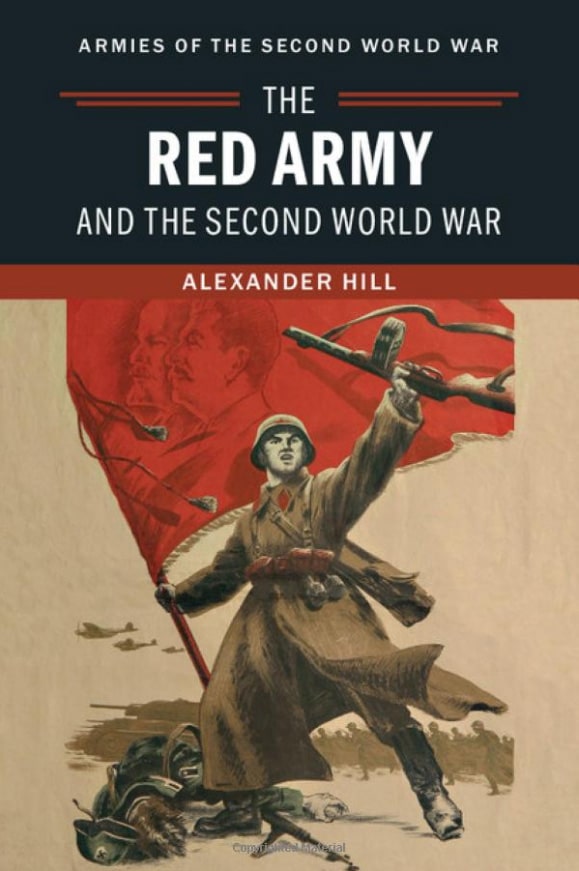Nazi-Buster: The Soviet T-34 Tank
January 28th, 2023
8 minute read
The United States produced more than 50,000 M4 Sherman tanks between 1942 and 1945, and it was the most commonly used tank in the Second World War. However, even the most patriotic American history buff will be quick to point out that it was far from the best-armored fighting machine of the conflict.
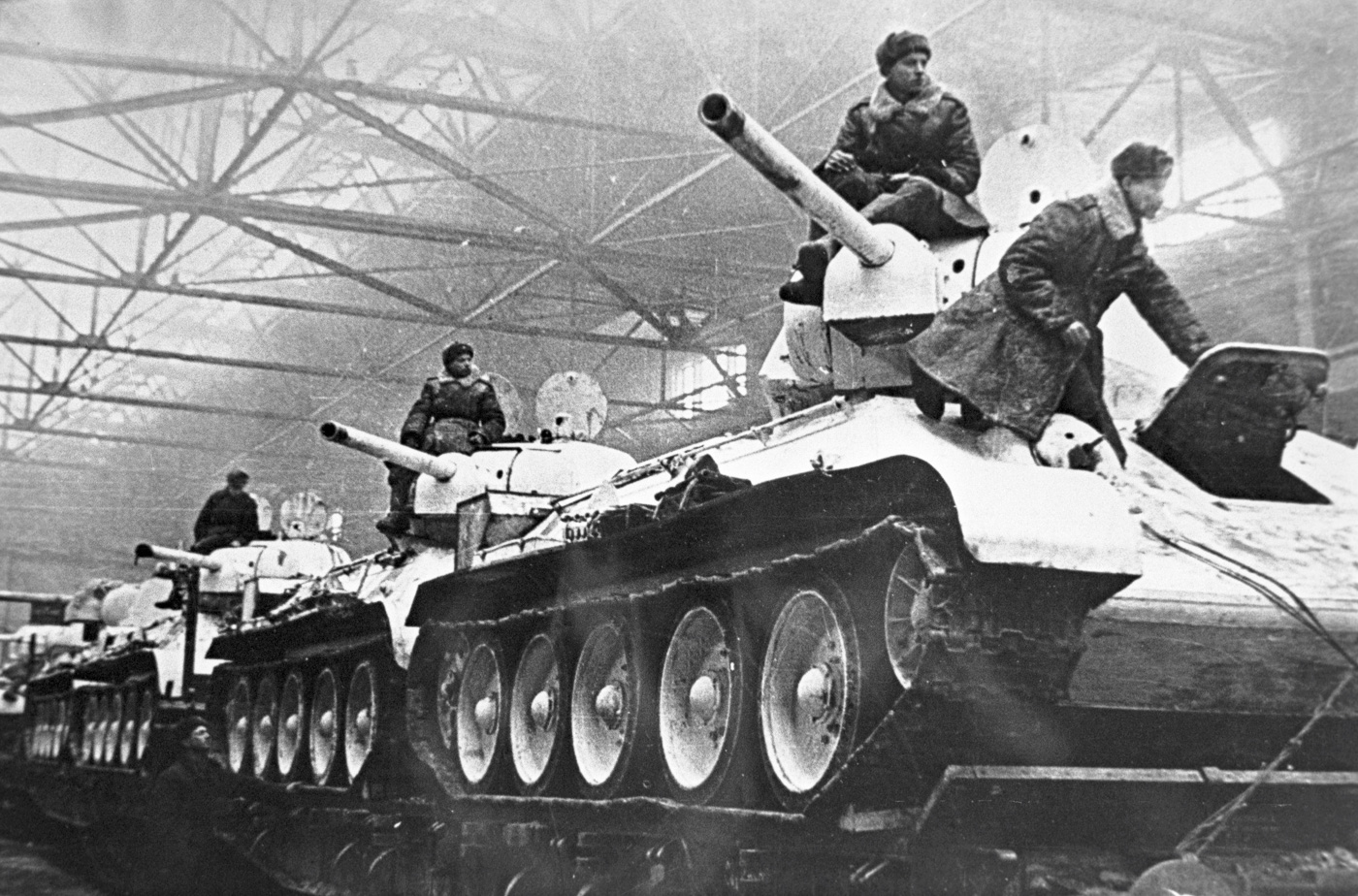
Though some might suggest the German Tiger or Panther tanks earned that top spot, by most accounts, the Soviet Red Army’s T-34 easily has the distinction of being the king of the battlefield. It was the tank that played a critical role in stopping the German advance, the vehicle that pushed the Nazis back, and was at the vanguard of the Red Army’s drive into Berlin nearly four years later.
“The Soviet T-34 was arguably the most important Allied tank of the Second World War when one considers impact, numbers produced, and longevity,” explained Dr. Alexander Hill, professor of history at the University of Calgary and author of The Red Army and the Second World War (Cambridge University Press, 2017).
“Not only did its combination of speed, armor and firepower provide a nasty surprise for Germany in the summer of 1941, but in its later up-gunned form, it continued to serve effectively through to the end of the war and beyond,” Hill told The Armory Life.
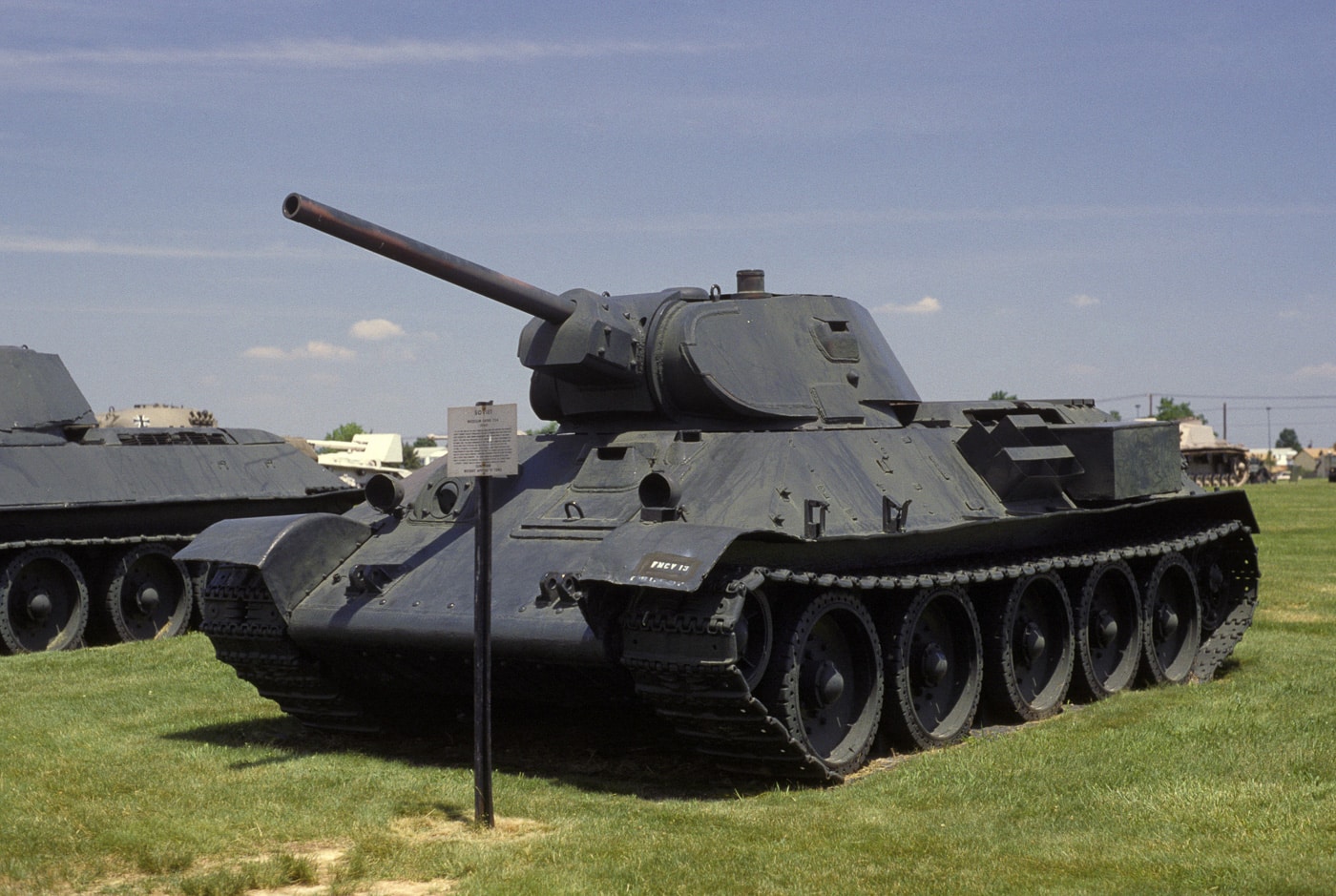
“While the U.S. Sherman was also important, the Sherman’s appearance on the battlefield in 1942 didn’t cause anything like the consternation amongst German forces that the T-34 did,” said Hill. “Shortly after its appearance on the battlefield, Germany considered the possibility of copying the T-34 for its own use — something that it certainly didn’t consider for the Sherman!
Development of the T-34
Dozens of books and hundreds of articles have been written on the T-34, so its entire history doesn’t really bear repeating. What is important to note is that the tank’s designers had managed to achieve a perfect compromise of firepower, protection and mobility. Whereas most tanks of the 1930’s had to sacrifice one or more of those factors in favor of the other, the Soviet designers were able to create a nearly perfect balance.
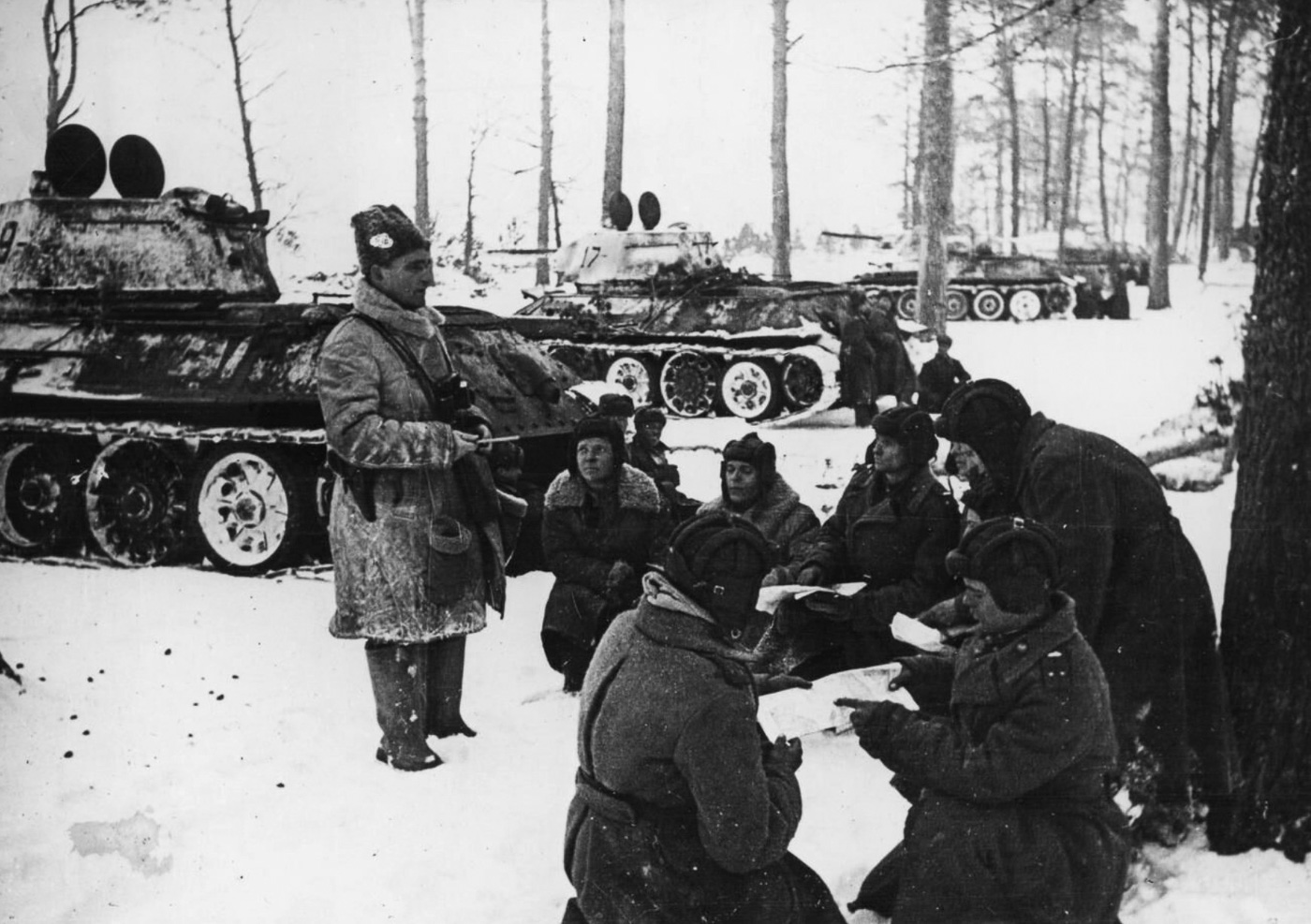
The fact that it came about is quite impressive given the shortcomings of the nation that produced it.
The Soviet Red Army had essentially tried to copy Western designs throughout the 1920s with mixed results. However, in 1927, to rectify the shortage of designers and engineers, the Soviet military selected promising young engineers from its fledgling automotive industry and charged them with developing new tanks and other armored vehicles. It has been suggested in the various books and articles that the Soviets took a short step from producing tractors to producing tanks, and then made that step very quickly.
Though a number of designs still fell short of the perfect tank, by 1939 the international situation was such that the tank that was to become the T-34 was essentially accepted “off the drawing board.” Perhaps the failure to refine played in its favor. It was simply the right tank from the start.
The first prototype left the factory in late January 1940, while full production began in June 1940. It was known simply as “Prinadiezhit-Chetverkior” or “thirty-four” to its crews.
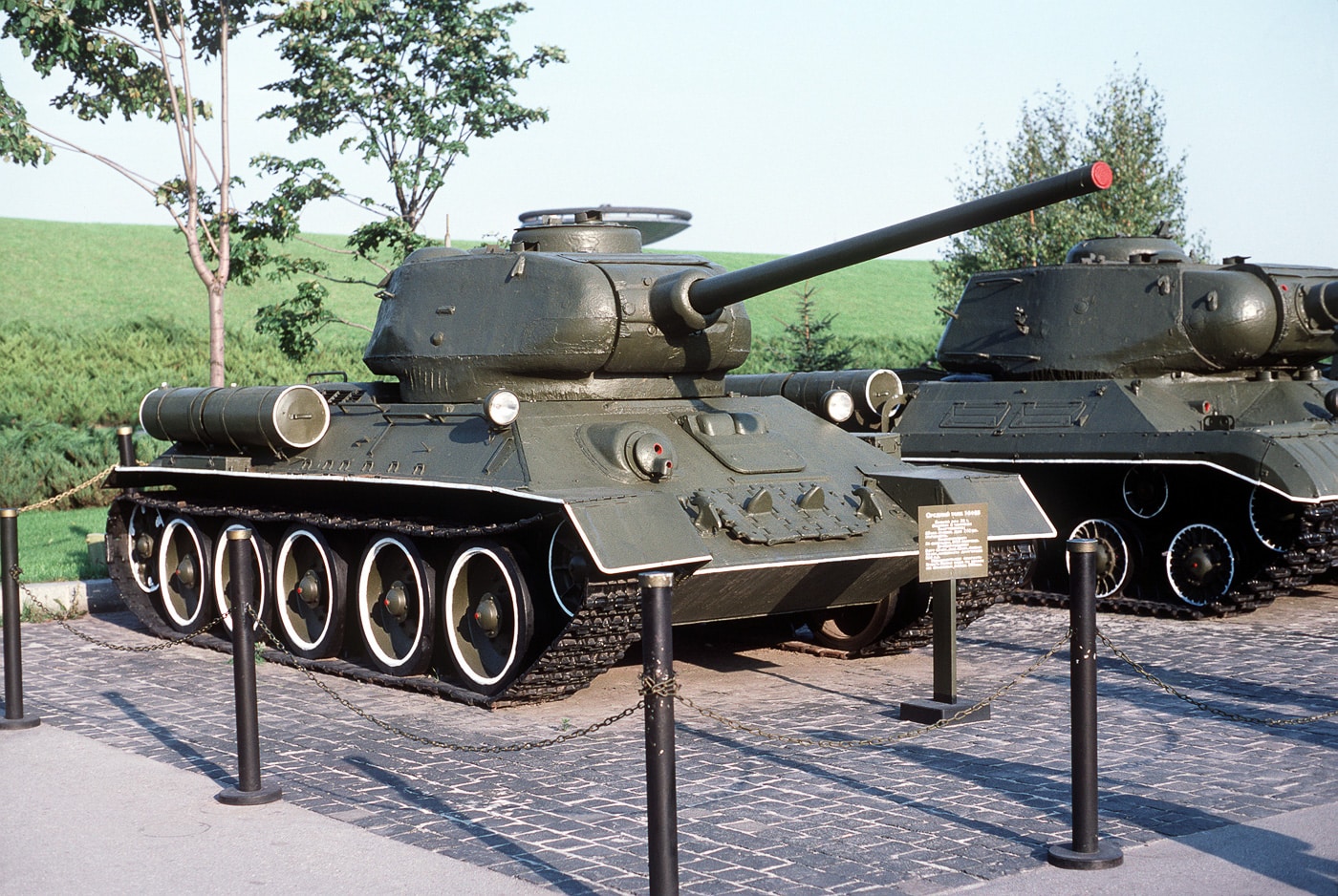
By the end of 1940, a mere 115 T-34s had been produced, but it was clear even then that these were a leap forward in tank design. The T-34 was initially armed with a 76.2mm long-barreled high-velocity gun, which was actually innovative for a tank of its class. It was also powered by a 500 horsepower diesel engine — one that was already in service in the Soviet’s BT-7M tanks. The T-34’s modified Christie suspension permitted relatively high speeds, even on rough terrain, while the wide tracks reduced ground pressure and ensured that the tank wouldn’t bog down in soft dirt.
Though it had arrived too late for the Winter War with Finland in the spring of 1940, it was likely for the best. Germany seriously underestimated the Soviet Red Army, in part because there was practically nothing known about the T-34. That changed just a day after the Nazis launched Operation Barbarossa. On June 22, 1941, the first T-34 tanks were encountered on the battlefield.
They came as a shock to the Germans.
It might have played an even more significant role, had the Red Army been equipped with a greater number. Yet, when Nazi Germany invaded the Soviet Union in late June 1941, a total of 1,225 T-34s had been produced. That number grew quickly to 1,853 by the Battle of Moscow in December of that year.
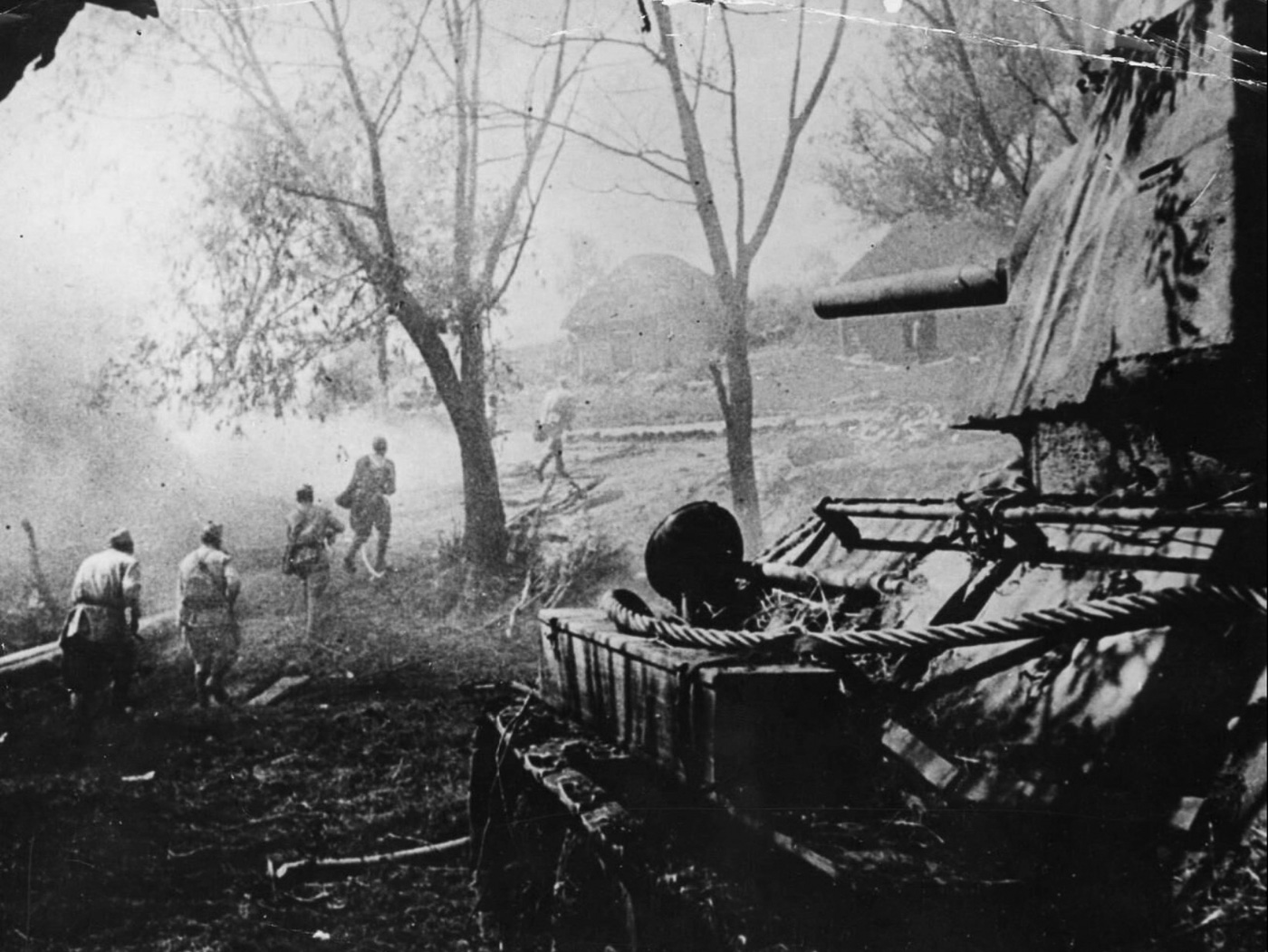
Though those few T-34 tanks didn’t stop the initial German invasion, as noted by Dr. Hill, the German designers seriously proposed that the tank should be “reverse-engineered.” That plan never moved forward, and instead, the Germans went ahead with the Panther. Although that latter design owned a great deal to the T-34, it has been suggested that it was a missed opportunity.
Germany opted to essentially reinvent the wheel and largely failed.
Even as the Tiger and Panther arrived, the T-34 was further upgraded — notably receiving an 85mm gun in 1943. The T-34/85 was so successful, it remained in production until the mid-1950’s when the Soviet Army finally adopted the T-54. Even then, the T-34 served in secondary roles and there are reports that some remain in service in North Korea.
Return to Russia
In January 2019, TV Zvezda, the official television channel of the Russian Ministry of Defense, first reported that the Kremlin had made a deal to receive 30 World War II-era T-34/85 tanks from Laos. It was part of a three-way deal that also involved Vietnam, where the Russian military would receive the vintage war machines.
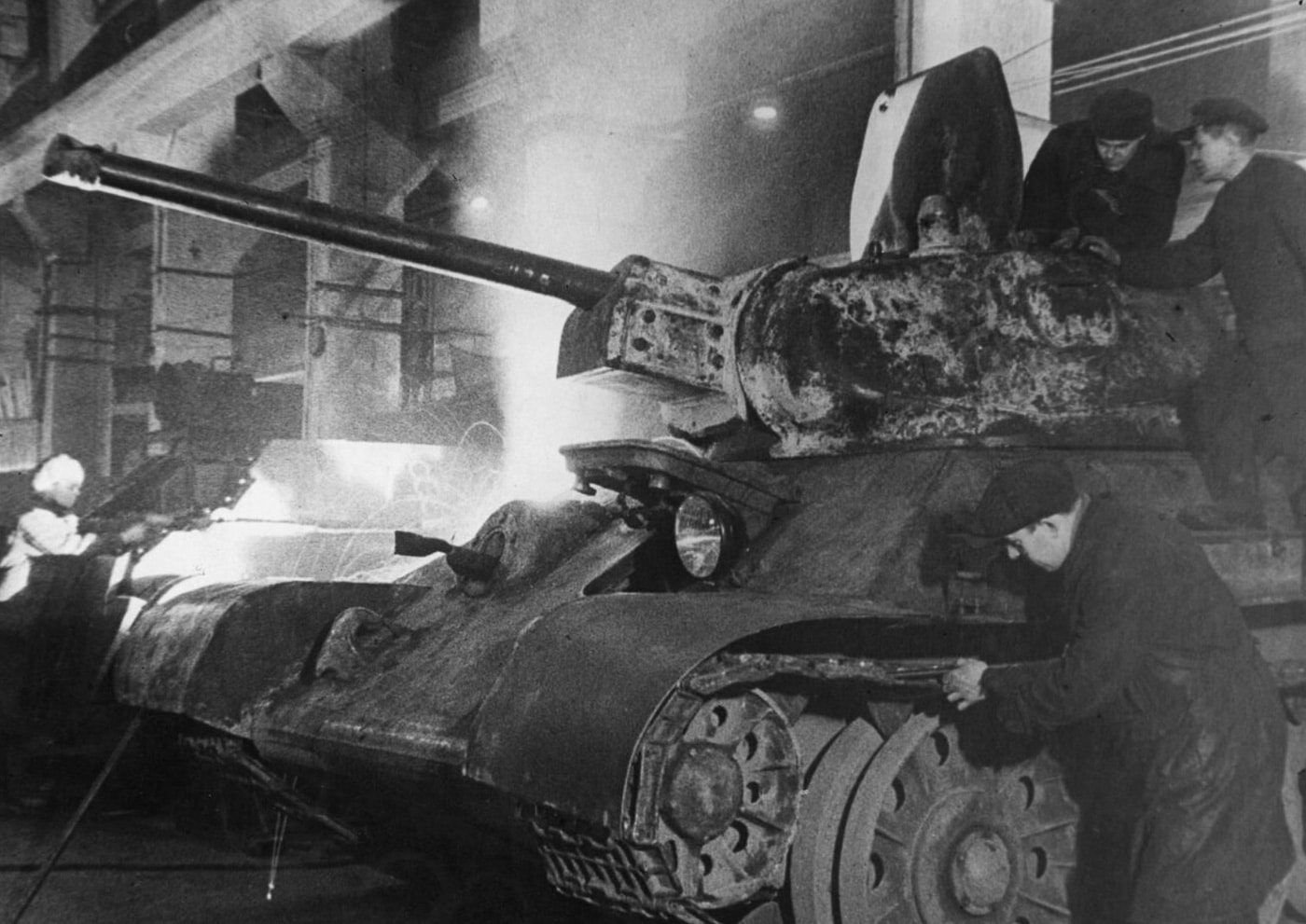
Though jokes could now be made that the Kremlin may need to send those tanks to the frontlines in Ukraine given the massive number of Russian tanks destroyed to date, the actual reason was for museum displays, parades, and most notably state-sponsored movies and other media.
Those 30 T-34 tanks, which had been provided as part of military-technical cooperation with Laos conducted with the Soviet Union by way of Vietnam, reportedly arrived at Russia’s far eastern port of Vladivostok on January 9, 2019. The tanks were subsequently transported to Vietnam at the end of December and then loaded onto ships — arriving at Naro-Fominsk, outside of Moscow and home to the Russian Army’s 4th Guards Tank Division.
More than a dozen of the tanks were refurbished for future use in parades and movies. Described at the time as being “in entirely good condition,” photos released by Russian state media showed the T-34 tanks to be operational. Apart from the distinctive Lao national roundels on the turrets, the vehicles otherwise look like they are direct from the frontlines of the Second World War.
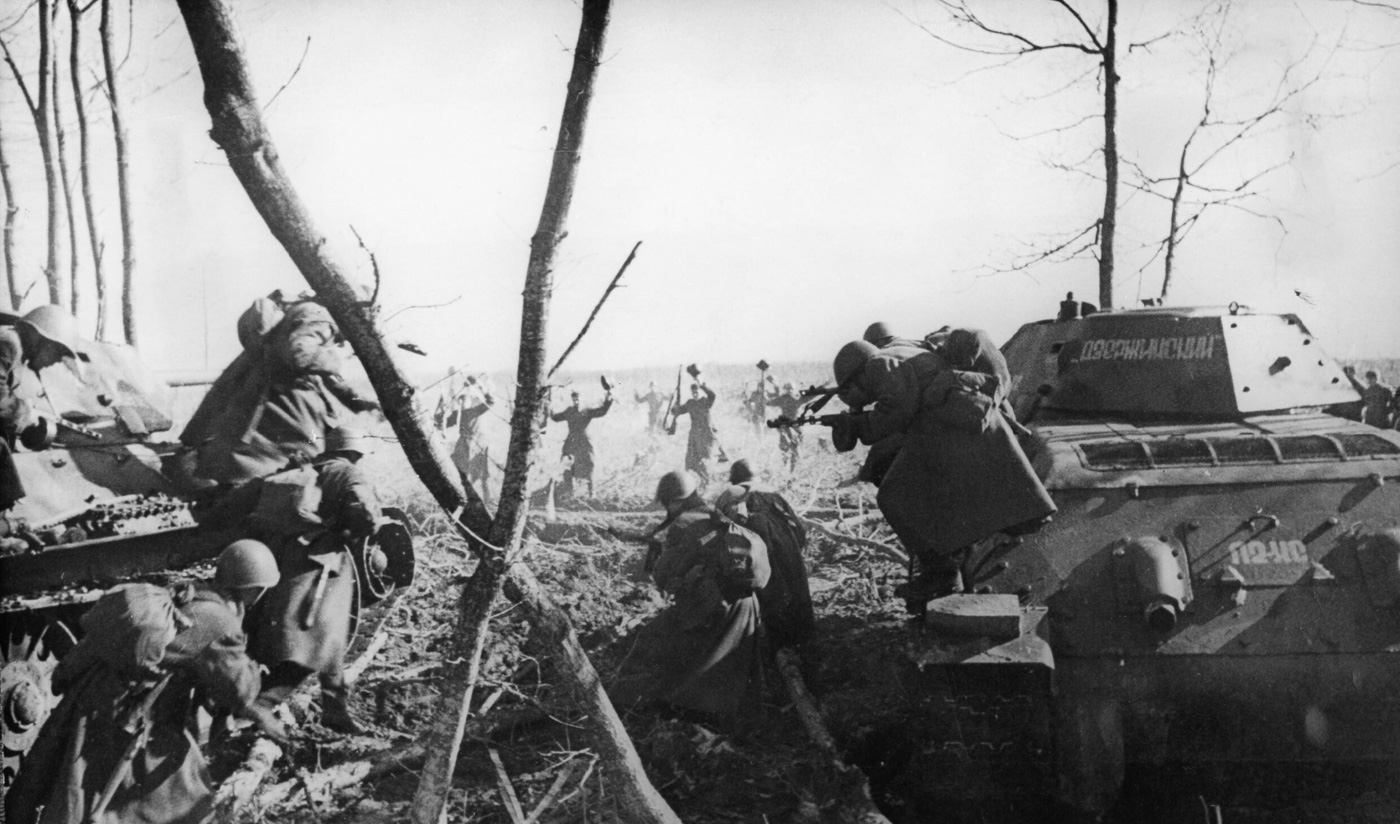
Laos had been among the very last active operator of the T-34/85 anywhere in the world, and the transfer of the tanks may have marked the end of the line for what had been one of the most innovative tanks developed prior to the Second World War.
“It was a simple design that was praised at the time,” David Willey, curator of The Tank Museum in Bovington, England, told this reporter at the time of the transfer. Willey added, “For Russia, it was the T-34 that was the symbol of World War II, just as it was the Spitfire fighter plane for Britain.”
It has been speculated that the Laotian tanks were actually Czechoslovakian-produced — but those were still a near-identical licensed copy. It is also doubtful even many tank buffs could tell the difference once the vehicles were refurbished.
A Legacy
Due to the vast number produced, hundreds — perhaps even thousands — of T-34 tanks remain today. Unlike so many other military weapons that disappeared, the T-34 is actually fairly common. Hundreds are known to be in military museums or serve as war materials.
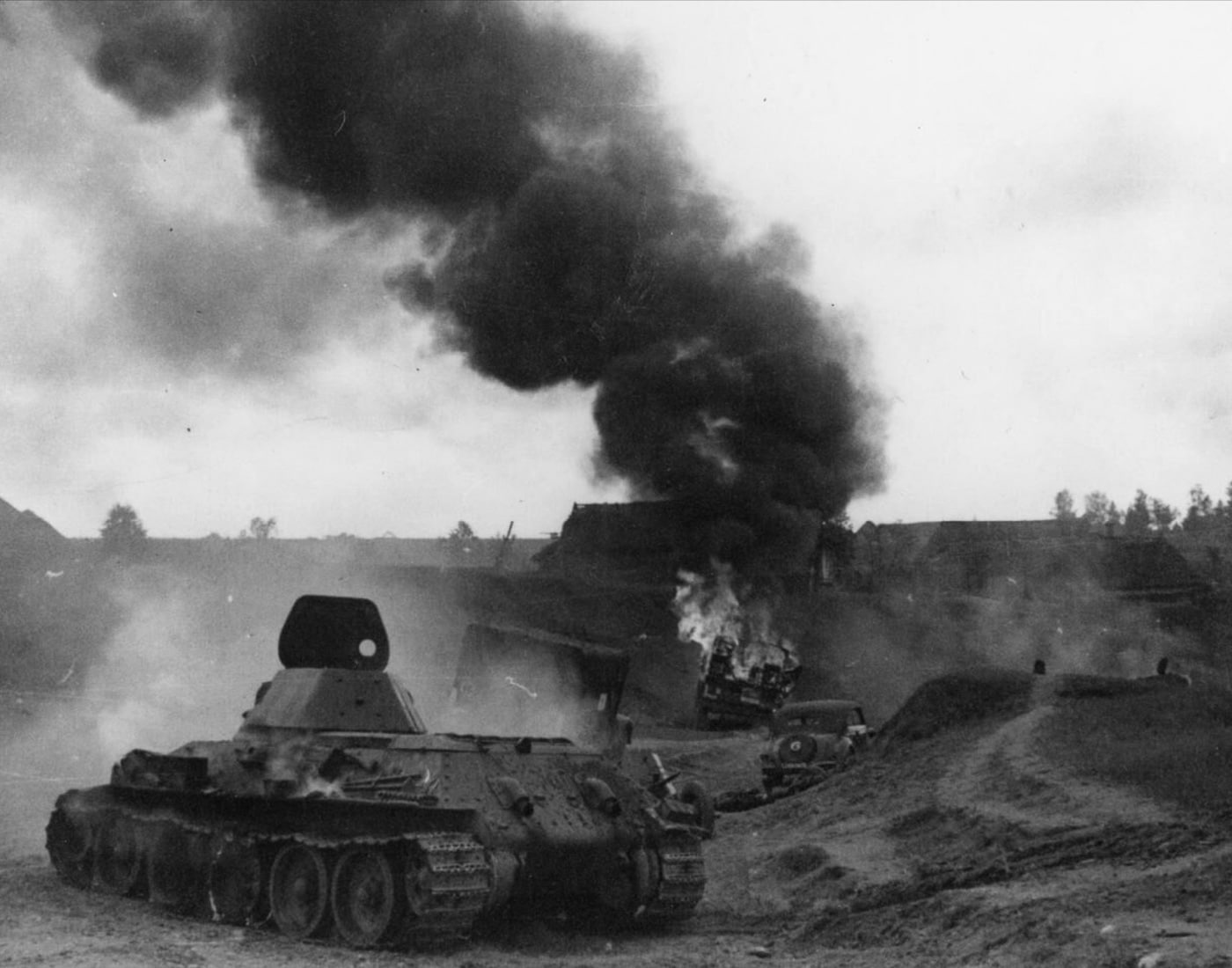
Today, T-34 tanks do come up for private sale — with the weapons deactivated, of course — and depending on the condition are actually more “affordable” than many luxury automobiles. Yet, so many were sent overseas that Russia still had to turn to Laos to obtain the few not in private collections.
What is also notable is that the T-34 has become something of a popular culture legend, so much so that it is virtually impossible to pinpoint its first appearance in a movie. The tank could be seen in a number of Soviet propaganda films produced at the end of the war, but the basic size of the Soviet tank made it highly adaptable for Hollywood, where the basic chassis was modified to resemble the far less common German Tiger.
In films such as The Battle of Neretva, Kelly’s Heroes and Saving Private Ryan, surplus T-34 tanks were effectively modified to resemble Tiger I tanks.
The Soviet film Skylark (1964) may not have been the first to include a T-34, but it was arguably the first time the tank was featured so prominently. In the largely forgotten film, a German anti-tank crew is seen being trained using a captured T-34 crewed by Soviet POW’s. The POW’s attempt an escape in one of the tanks, only to be killed by the Germans when the crew opts not to drive over a group of schoolchildren.
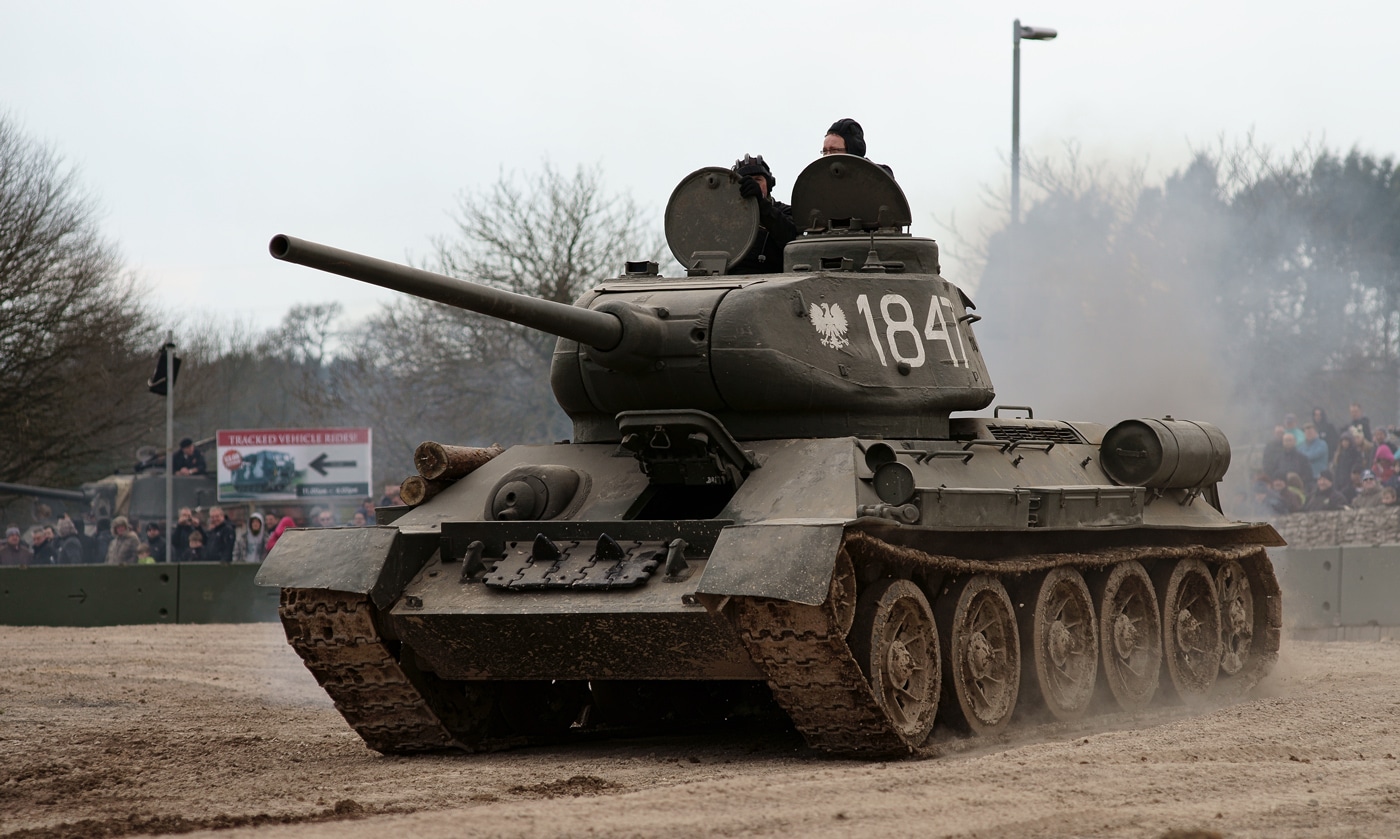
The 1980 film The Chief Designer depicted the “origin story” of the T-34, retelling the tale of a secret 750 km long journey from Kharkiv to Moscow to convince the Soviet leadership to produce the tank. It also highlighted how Mikhail Illyich Koshkin led the design team to develop the T-34, and then died from the pneumonia that he contracted during the winter tests.
That basic plot was recycled for the 2018 Russian film Tanks for Stalin.
That same year, Russia also released T-34, which told the story of a World War II tank crew. A heavily fictionalized account of the war, it premiered at Comic-Con Russia 2018. It proved to be a box office blockbuster in Russia and went on to become the third highest-grossing Russian film of all time. It was nominated for a Golden Eagle Award — the Russian equivalent of the U.S. Academy Awards.
It is hard to imagine that any military vehicle would get the same level of attention as the Soviet’s T-34. Few non-history buffs are likely to be able to tell you what tank Brad Pitt commanded in Fury, but the Russian people know and love their T-34.
Editor’s Note: Please be sure to check out The Armory Life Forum, where you can comment about our daily articles, as well as just talk guns and gear. Click the “Go To Forum Thread” link below to jump in and discuss this article and much more!
Join the Discussion
Featured in this article
Continue Reading
Did you enjoy this article?

 83
83




